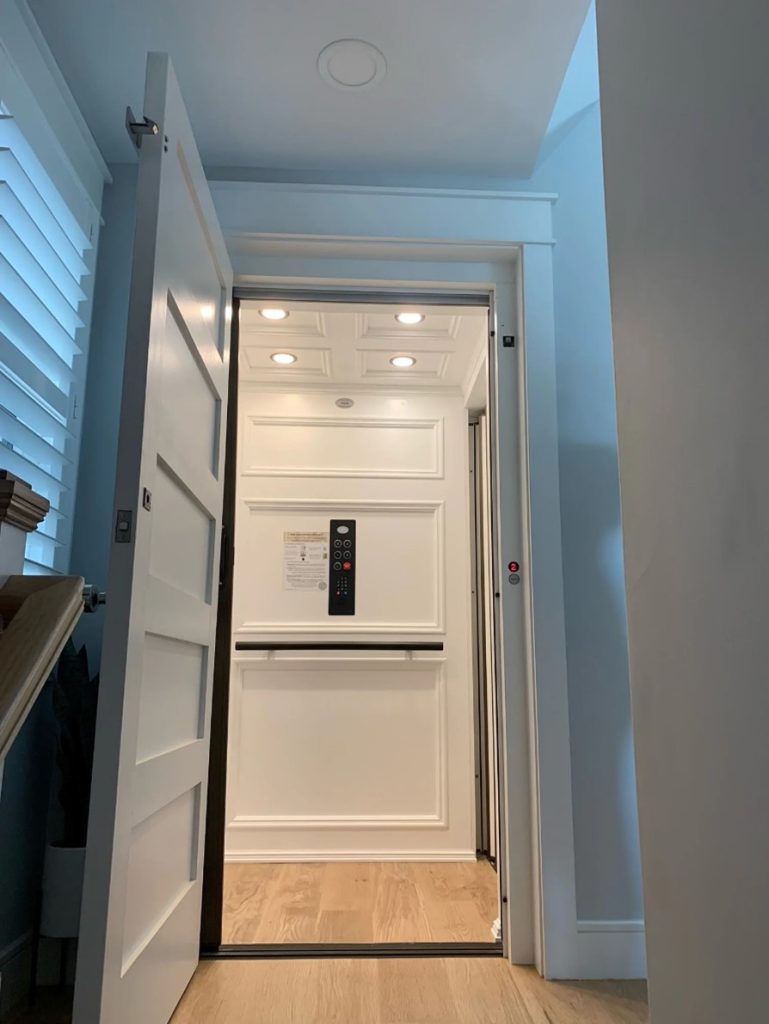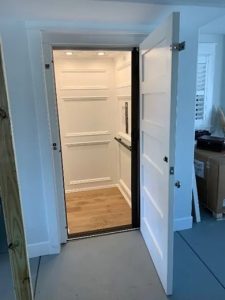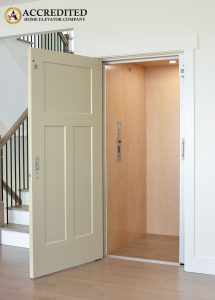
Home elevators are a luxurious and practical addition to any multi-level home. Whether for convenience, accessibility, or style, they improve mobility, enhance property value, and provide ease of use. However, like any mechanical system, they require regular maintenance and occasional repairs to ensure they continue to function smoothly and safely. Proper upkeep not only extends the life of your system but also ensures the safety of its users. The following article explores the importance of maintenance provided by Florida elevator companies, common repair needs, and when it might be time to consider an upgrade.
Why Maintenance is Essential
In-home lift systems are intricate structures that rely on various components working together to transport passengers safely between floors. Regular maintenance helps prevent issues before they arise and ensures compliance with safety regulations. Some of the benefits of maintaining these systems include:
Safety: Lift systems that are not properly maintained pose a risk of malfunction, which can lead to accidents or even injury. Regular servicing ensures that safety features, such as emergency brakes, door sensors, and operating systems, are functioning as intended.
Reliability: A well-maintained lift is less likely to break down unexpectedly. Regular inspections and servicing help catch potential problems before they become major malfunctions that could leave you stranded or cause lengthy downtimes.
Longevity: Just like any mechanical device, a lift can only last as long as its components are in good working order. Regular maintenance minimizes the need for costly repairs and extends the lifespan of the entire system.
Cost-Effectiveness: With regular maintenance, you reduce the likelihood of expensive repairs or the need to replace major components prematurely. In addition, routine service helps keep energy consumption low, resulting in more affordable operating costs.
Key Components
In-home lifts are made up of various components, all of which need to be inspected and serviced regularly. These include:
Drive System: The motor and drive system are essential for powering the cabin. Over time, these components can experience wear and tear, which may result in a loss of power or erratic movement. Regular maintenance ensures the motor is running smoothly and efficiently.
Doors and Door Sensors: The doors should open and close smoothly, and the door sensors must be calibrated to prevent the cart from moving if the doors are not properly closed. Malfunctions in the door system can cause safety issues or prevent the elevator from functioning altogether.
Cabin and Shaft Components: The cabin and its cables, pulleys, and rails must be regularly lubricated and cleaned to prevent friction, rust, or damage. Keeping the cabin components clean and functioning correctly ensures the elevator moves smoothly.
Control Panel: The control panel is the interface that users interact with to operate the lift. Over time, buttons may wear out, screens can become less responsive, or the system may require software updates. Regular inspections ensure the control system remains user-friendly and operational.
Emergency Systems: In the event of a power failure or malfunction, your home’s system should be equipped with an emergency backup that allows users to exit safely. These include backup batteries, emergency lighting, and phone connections to maintenance professionals or emergency services.
Common Repairs
Even with the best maintenance, some common issues may arise that require repairs. These include:

Unusual Noises: If you begin to hear grinding, squealing, or other strange noises while the system is in operation, it could indicate a problem with the drive mechanism, cables, or rails. Regular inspection and timely repairs can prevent further damage.
Doors Not Closing or Opening Properly: If the doors are not functioning correctly, it could be an issue with the sensors or the mechanical components of the door system. Misaligned doors or faulty sensors can prevent the elevator from operating safely and effectively.
Erratic Movement or Stopping: If the lift begins to move erratically or suddenly stops between floors, it could indicate a problem with the motor, drive system, or electrical components. It’s important to have these issues addressed promptly to avoid further complications.
Battery Issues: The emergency battery is vital in case of power outages. If the backup battery is not charging properly or fails to work during an outage, it should be replaced or serviced immediately.
Frequent Breakdown: If your elevator is breaking down more often than usual, it may indicate an underlying issue that requires thorough inspection and possible repair of major components like the motor or cables.
When to Upgrade
Although regular upkeep can prolong the life of your home lift, there may come a time when it makes sense to upgrade your equipment. This could be due to advancements in technology, changes in your needs, or simply the age of the system. Here are some indicators that an upgrade may be necessary:
- If your elevator is over 20 years old, it may be time to consider an upgrade. Newer models are more energy-efficient, faster, and equipped with more modern safety features that older elevators may lack.
- As families grow or the needs of residents change, you may need an elevator with greater weight capacity or larger dimensions to accommodate wheelchairs or other mobility aids.
- Technology has come a long way, with features such as advanced control systems, smart home integrations, and energy-efficient motors. If your elevator lacks these capabilities, upgrading could improve both its performance and your home’s value.
- If your lift is in need of costly repairs that exceed the cost of a new installation, upgrading may be a more cost-effective solution in the long run.
Conclusion
Home elevator maintenance and repair are essential to ensuring the safety, efficiency, and longevity of your system. Regular upkeep and addressing minor issues promptly can save you from costly repairs and potential safety hazards down the road. If your elevator is aging or showing signs of major wear, upgrading to a modern system may offer enhanced performance, better energy efficiency, and greater peace of mind. Whether you’re maintaining, repairing, or upgrading, working with a professional service provider in Florida ensures that your home elevator continues to provide the convenience and accessibility that make it a valuable part of your home for years to come.




